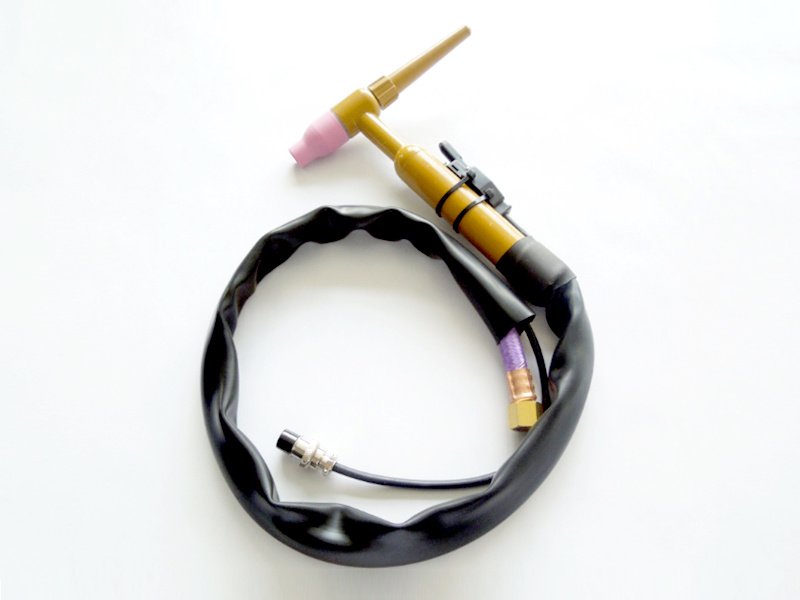language
The Essential Guide to Welding Wire Feeders: Enhancing Your Welding Efficiency
Apr 10,2025
Welding wire feeders are essential components in the realm of welding equipment and auxiliaries, particularly in industrial settings. They play a vital role in delivering the welding wire to the weld pool, ensuring a consistent and controlled flow of material during the welding process. Understanding the functionality, types, and benefits of welding wire feeders can significantly enhance your oper
Welding wire feeders are essential components in the realm of welding equipment and auxiliaries, particularly in industrial settings. They play a vital role in delivering the welding wire to the weld pool, ensuring a consistent and controlled flow of material during the welding process. Understanding the functionality, types, and benefits of welding wire feeders can significantly enhance your operational efficiency and overall welding quality.
The primary function of a welding wire feeder is to supply the welding wire to the welding gun at a specific rate and tension. This process is crucial because the correct wire feeding ensures a steady arc and optimal heat input, which are essential for producing high-quality welds. A properly adjusted wire feeder will minimize the risk of defects such as porosity or inadequate fusion, which can compromise the integrity of the weld.
There are several types of welding wire feeders available, each designed to cater to different welding processes. The most common types include constant speed feeders, which maintain a steady wire feed rate, and variable-speed feeders, which allow the operator to adjust the speed according to the specific welding requirements. Additionally, some wire feeders are designed for synergic welding, where the feeder automatically adjusts the wire feed speed based on the voltage settings, simplifying the welding process for operators.
The selection of a welding wire feeder should consider various factors, including the type of welding being performed, the materials being welded, and the environment in which welding takes place. For instance, in applications where mobility is crucial, a portable wire feeder may be preferred. Conversely, fixed installations may benefit from more robust and complex feeders that can handle high production volumes.
Furthermore, advancements in technology have led to the development of wire feeders equipped with digital interfaces and automated features. These enhancements allow for better monitoring of the welding process and increased precision in wire delivery. Some modern wire feeders even incorporate feedback systems that can help operators adjust settings in real-time, improving overall weld quality and reducing waste.
In conclusion, understanding the significance of welding wire feeders can greatly impact the success of welding operations. By ensuring a reliable and accurate supply of welding wire, these devices contribute to the quality and efficiency of the welding process. As industries continue to evolve, investing in the right welding wire feeder will be essential for maintaining competitive advantages and meeting stringent quality standards in fabrication and manufacturing.
The primary function of a welding wire feeder is to supply the welding wire to the welding gun at a specific rate and tension. This process is crucial because the correct wire feeding ensures a steady arc and optimal heat input, which are essential for producing high-quality welds. A properly adjusted wire feeder will minimize the risk of defects such as porosity or inadequate fusion, which can compromise the integrity of the weld.
There are several types of welding wire feeders available, each designed to cater to different welding processes. The most common types include constant speed feeders, which maintain a steady wire feed rate, and variable-speed feeders, which allow the operator to adjust the speed according to the specific welding requirements. Additionally, some wire feeders are designed for synergic welding, where the feeder automatically adjusts the wire feed speed based on the voltage settings, simplifying the welding process for operators.
The selection of a welding wire feeder should consider various factors, including the type of welding being performed, the materials being welded, and the environment in which welding takes place. For instance, in applications where mobility is crucial, a portable wire feeder may be preferred. Conversely, fixed installations may benefit from more robust and complex feeders that can handle high production volumes.
Furthermore, advancements in technology have led to the development of wire feeders equipped with digital interfaces and automated features. These enhancements allow for better monitoring of the welding process and increased precision in wire delivery. Some modern wire feeders even incorporate feedback systems that can help operators adjust settings in real-time, improving overall weld quality and reducing waste.
In conclusion, understanding the significance of welding wire feeders can greatly impact the success of welding operations. By ensuring a reliable and accurate supply of welding wire, these devices contribute to the quality and efficiency of the welding process. As industries continue to evolve, investing in the right welding wire feeder will be essential for maintaining competitive advantages and meeting stringent quality standards in fabrication and manufacturing.
Add
Xing village, lvgongbao town, renqiu city, hebei province, china









